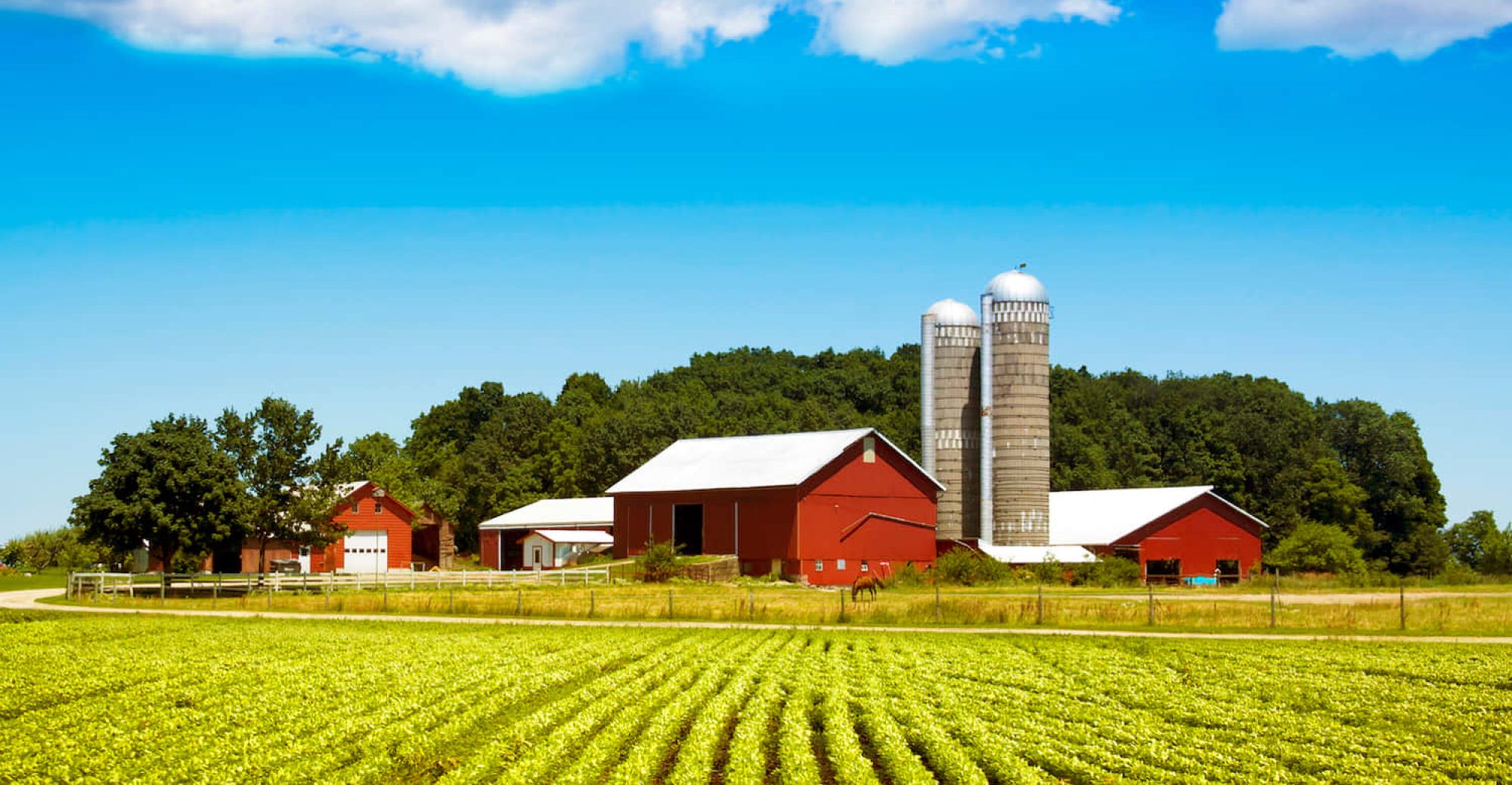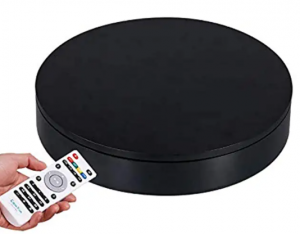This week, my teammates and I worked on finalizing the parts we’d need for the critical components and ordered some of those to get started with tinkering with them. We also worked on finalizing how our entire design would work, while also determining backups for the different components in the design.
I worked on implementing the code for a color analysis algorithm so I could integrate it with Ishita Kumar’s code. She’s working on the image segmentation code for identifying the fruit and for separating it from its background. I would then plug in my algorithm to analyze the colors of the fruit in order to predict the rottenness of the fruit.
In the upcoming week, I plan on finalizing the code for the color analysis and integrating the code we have so far so that we can work on developing a classifier for ripe v/s rotten bananas over the next 1-1.5 weeks. For now, I’m working with Google images. As a team, I believe we should also start tinkering with the Jetson Nano to see how we can program it and also figure out how we can program the cameras to take pictures at the given intervals, to begin with.
We are behind the schedule we had planned, but that was quite an ambitious one so that even if we’re lagging, we’re still doing okay. We’re working on an updated schedule based on our actual progress. We’ll need to speed up work over the next few weeks in order to have enough time for testing.


